
Ian Payne 4am - 7am
5 August 2020, 20:01
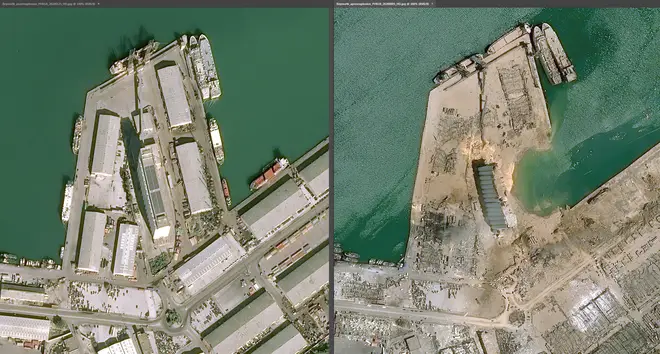
Satellite images from before and after the Beirut explosion have shown the extraordinary destruction it brought to the area.
At least 100 people have died and more than 4,000 have been injured as a result of the blast, which happened on Tuesday night.
Health officials are warning that both numbers are still likely to rise.
Hundreds of people are still missing and hundreds of thousands have been displaced by the explosion, caused by more than 2,750 tonnes of ammonium nitrate left unsecured at a warehouse near the city's port for six years.
The port in the Lebanese capital was left devastated, while a huge shockwave was sent across the city.
The blast was so huge, it was heard and felt as far away as Cyprus.
Pictures from the aftermath showed streets covered in shattered glass and metal, with homes and businesses completely destroyed to rubble.
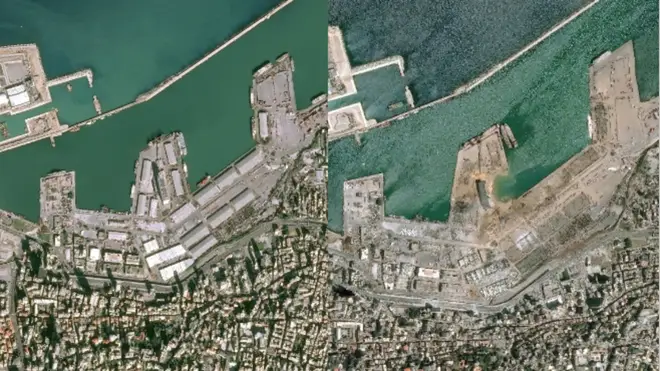
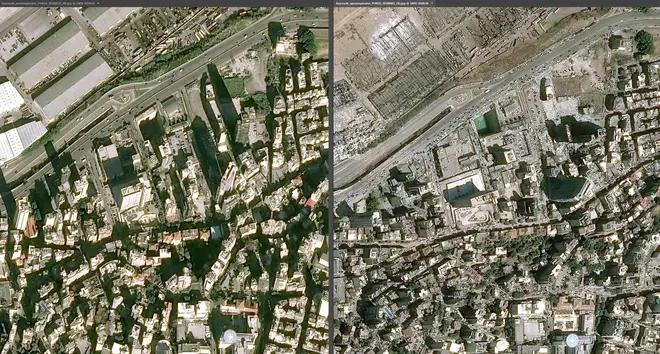
The Beirut explosion is "unquestionably" one of the largest non-nuclear blasts in history, according to calculations by British engineering experts.
A team from the University of Sheffield has calculated the strength of the blast based on the videos and photographs which have emerged since Tuesday's catastrophe.
They believe the explosion was the equivalent of 1,000 to 1,500 tonnes of TNT - a blast intensity which would support the belief that it was caused by a fire leading to the detonation of 2,750 tonnes of ammonium nitrate fertiliser.
This is about a tenth of the intensity of the Hiroshima nuclear bomb but far bigger than any blast from a conventional weapon.
Professor Andy Tyas, an expert on blast protection engineering at the university, said: "There are simple rules of thumb relating the maximum expansion of the fireball to the size of the original explosive charge, and from some very approximate measurements from online video footage, we think the explosion is equivalent to something of the order of 1,000-1,500 tonnes of TNT.
"We have also analysed video footage of the time delay between the detonation and the arrival of the shock wave at points several hundred metres from the explosion and these broadly agree with this size of charge.
"If correct, that would mean this explosion had perhaps 10% of the intensity of the Hiroshima bomb.
"Whatever the precise charge size, this is unquestionably one of the largest non-nuclear explosions in history, far bigger than any conventional weapon.
"The effects of an event like this are catastrophic to people, infrastructure, economic livelihoods and to the environment."
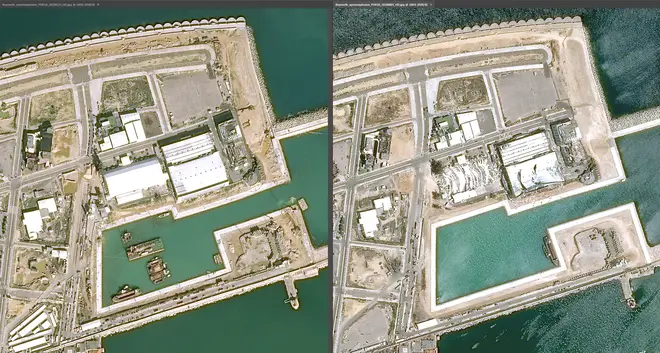
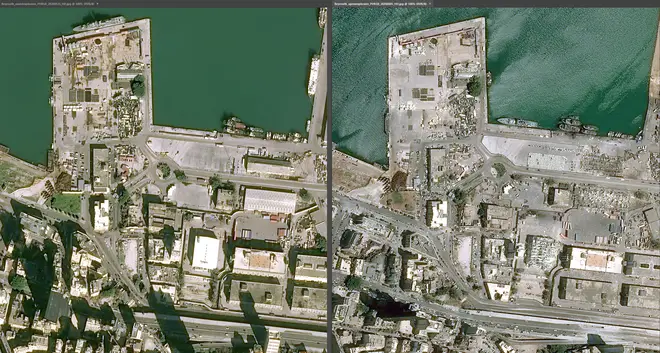
On Wednesday, the Foreign Office announced that the UK will send a £5 million emergency package to Lebanon following the explosion.
Following the disaster, Britain has offered to immediately deploy search and rescue experts with specially trained dogs to help find those caught up in the aftermath.
Foreign Secretary Dominic Raab spoke with the Prime Minister of Lebanon Hassan Diab in a phone call, during which the minister promised up to £5 million in emergency humanitarian funding to help people made homeless by the tragedy.
Foreign Secretary Dominic Raab said: “This was a devastating explosion which has caused enormous suffering and damage.
"The UK is a long-standing friend of Lebanon and the Lebanese people and will stand with them in their hour of need.
“We have offered immediate direct support including search and rescue, emergency medical assistance and up to £5 million in humanitarian aid.”
As part of the support, the UK will also offer enhanced support to the Lebanese Armed Forces who play a vital role in the country's response to the devastation.
This will include tailored medical help, strategic air transport assistance, and engineering and communications support.
It will also send an Emergency Medical Team, including NHS experts, to provide assistance to search and rescue teams in Lebanon.